Matelea Cyclophylla
Matelea cyclophylla is a species of flowering plant in the family Apocynaceae, specifically within the subfamily Asclepiadoideae (the milkweed subfamily). Here’s a summary of the key characteristics and details about this plant:
Taxonomy:
Genus: Matelea
Species: cyclophylla
Family: Apocynaceae
Subfamily: Asclepiadoideae
Description:
Matelea cyclophylla is a vining or twining herbaceous plant, commonly found in tropical or subtropical environments.
Like other Matelea species, it likely has milky sap, a common trait in the milkweed family.
The flowers are typically small and star-shaped, often with interesting color patterns or textures.
The name “cyclophylla†suggests round (circular) leaves (“cyclo†= circle, “phylla†= leaves), which can help distinguish it from other Matelea species.
Habitat of Matelea Cyclophylla:
Native to Central America and parts of the Caribbean.
Often found in forest margins, scrub, or open woodlands, climbing on other vegetation.
Ecology:
Like many members of the milkweed subfamily, it may play a role in supporting insects like butterflies, particularly as a host plant for caterpillars.
🌿 General Care Requirements for Matelea Cyclophylla
1. Light
Full sun to partial shade.
It prefers bright indirect light if grown indoors or in a greenhouse.
2. Watering
Keep soil consistently moist but well-drained.
Avoid waterlogging — it does not tolerate soggy roots.
3. Soil
Prefers rich, well-draining soil.
A loamy mix with organic matter (like compost or leaf mold) works well.
pH: Neutral to slightly acidic.
4. Temperature
Warm, tropical conditions are ideal (60–85°F / 15–29°C).
Not frost-tolerant — protect it from temperatures below 50°F (10°C).
5. Humidity
Prefers high humidity.
Misting or using a humidity tray can help if grown indoors.
6. Fertilizer
Feed with a balanced liquid fertilizer every 4–6 weeks during the growing season (spring through early fall).
🪴 Growth Habits
A twining vine, so it benefits from a trellis or support structure.
Can be pruned lightly to encourage bushier growth and control spread.
🌸 Flowering
Produces small, star-shaped flowers, typically in warmer months.
Supporting healthy light and moisture levels encourages blooming.
🛠Pests & Problems
May attract aphids, spider mites, or mealybugs.
Milky sap may deter herbivores but be cautious — it can be toxic or irritating to skin.

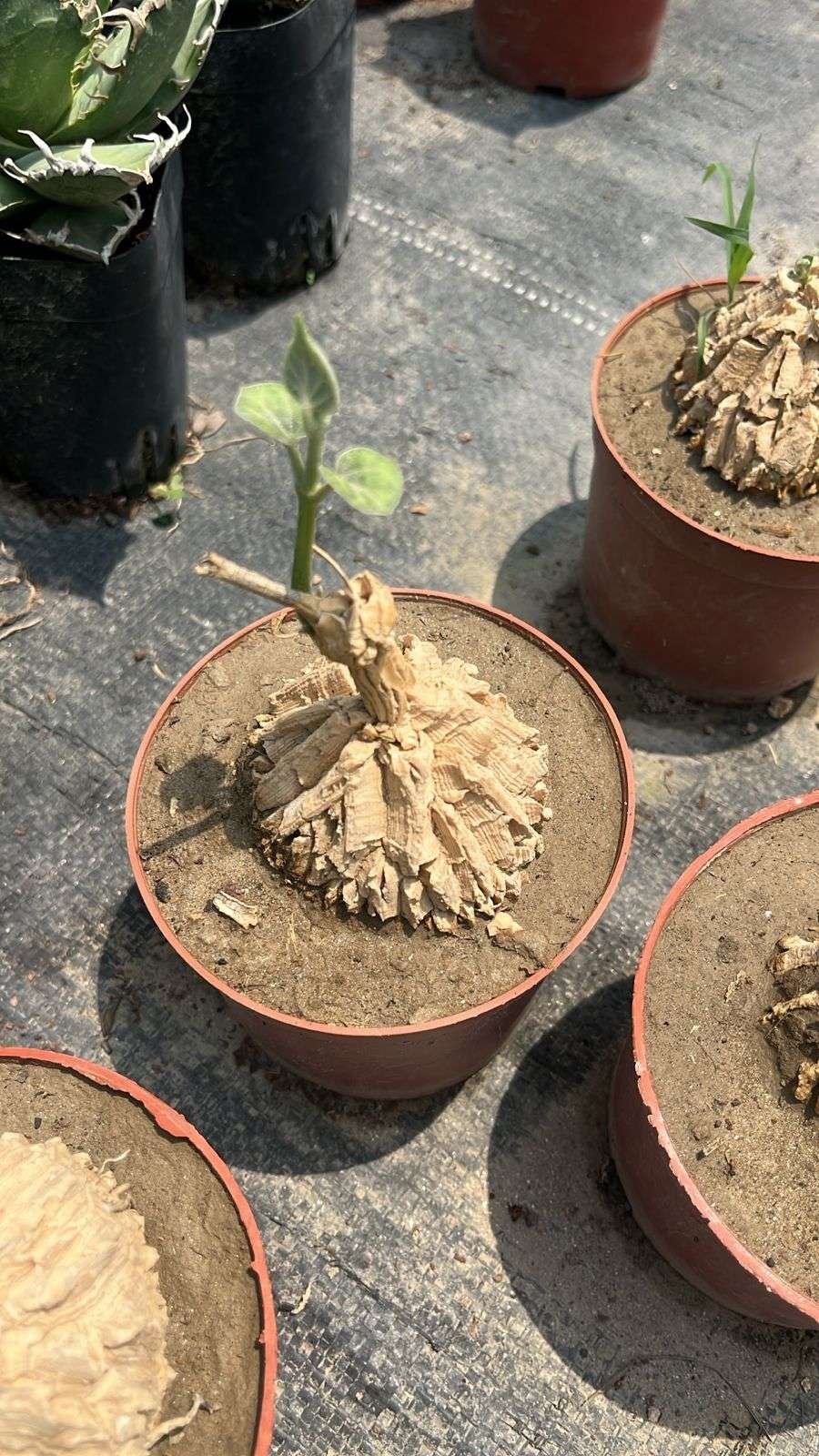
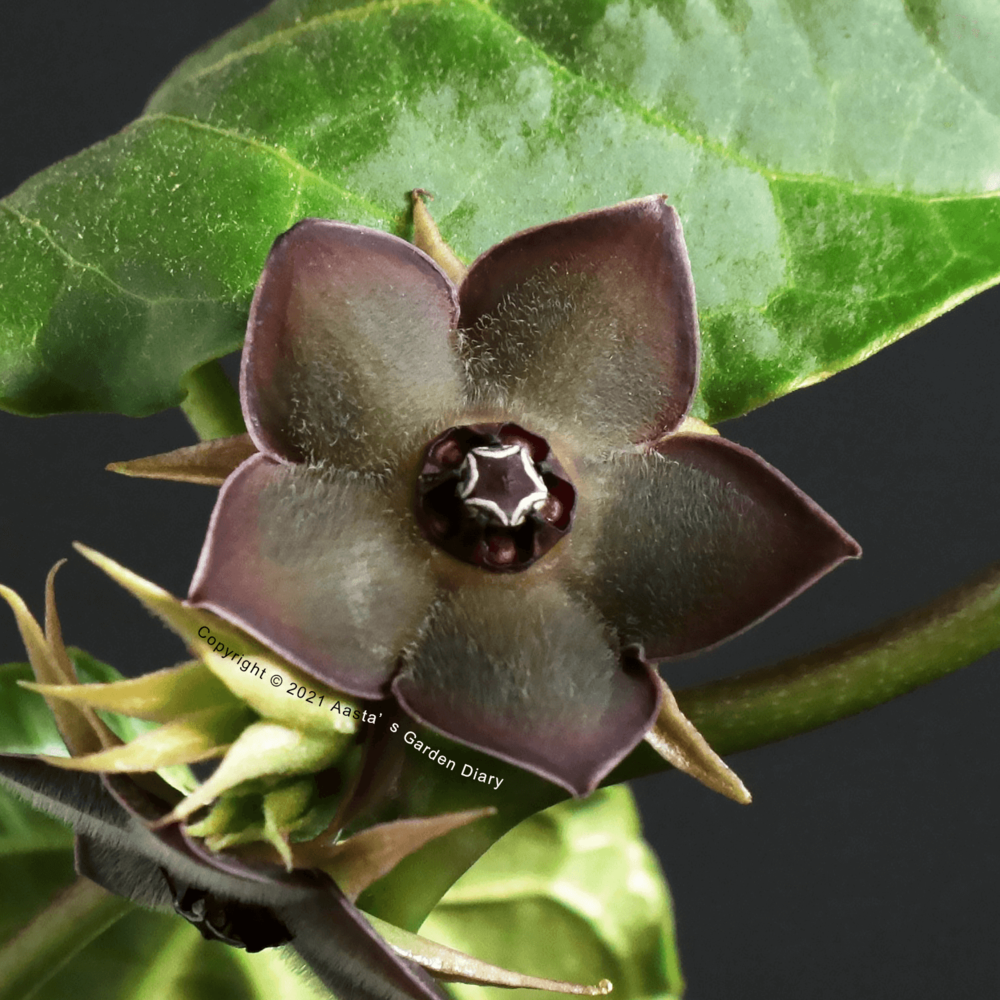
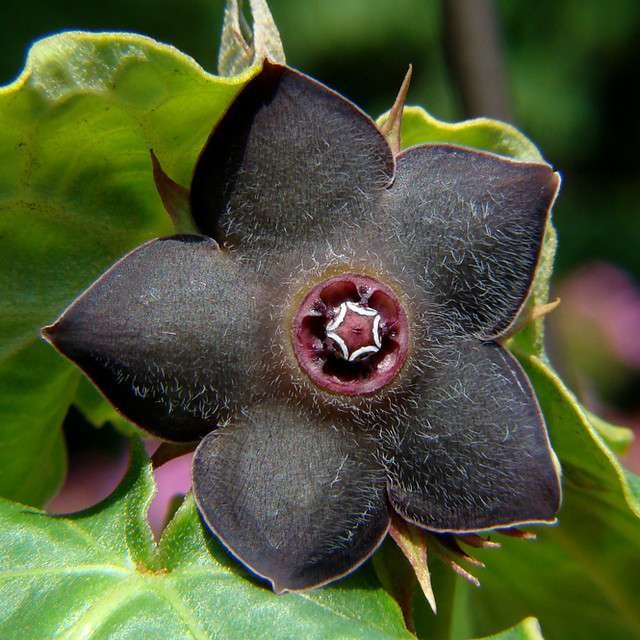

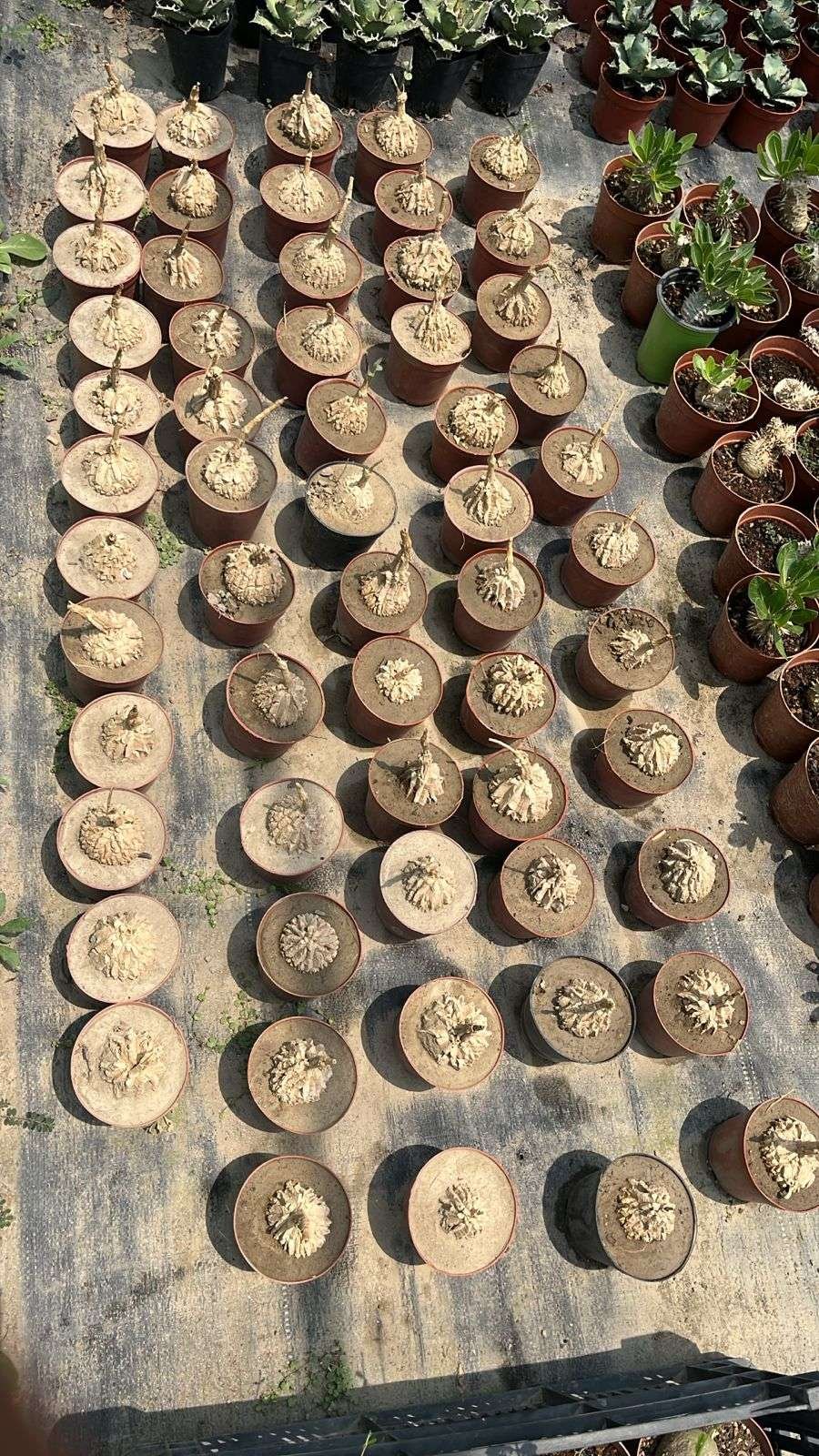
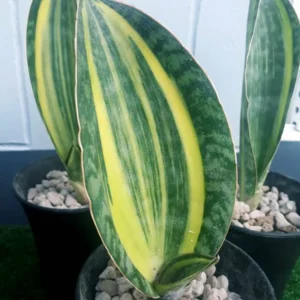


Reviews
There are no reviews yet.